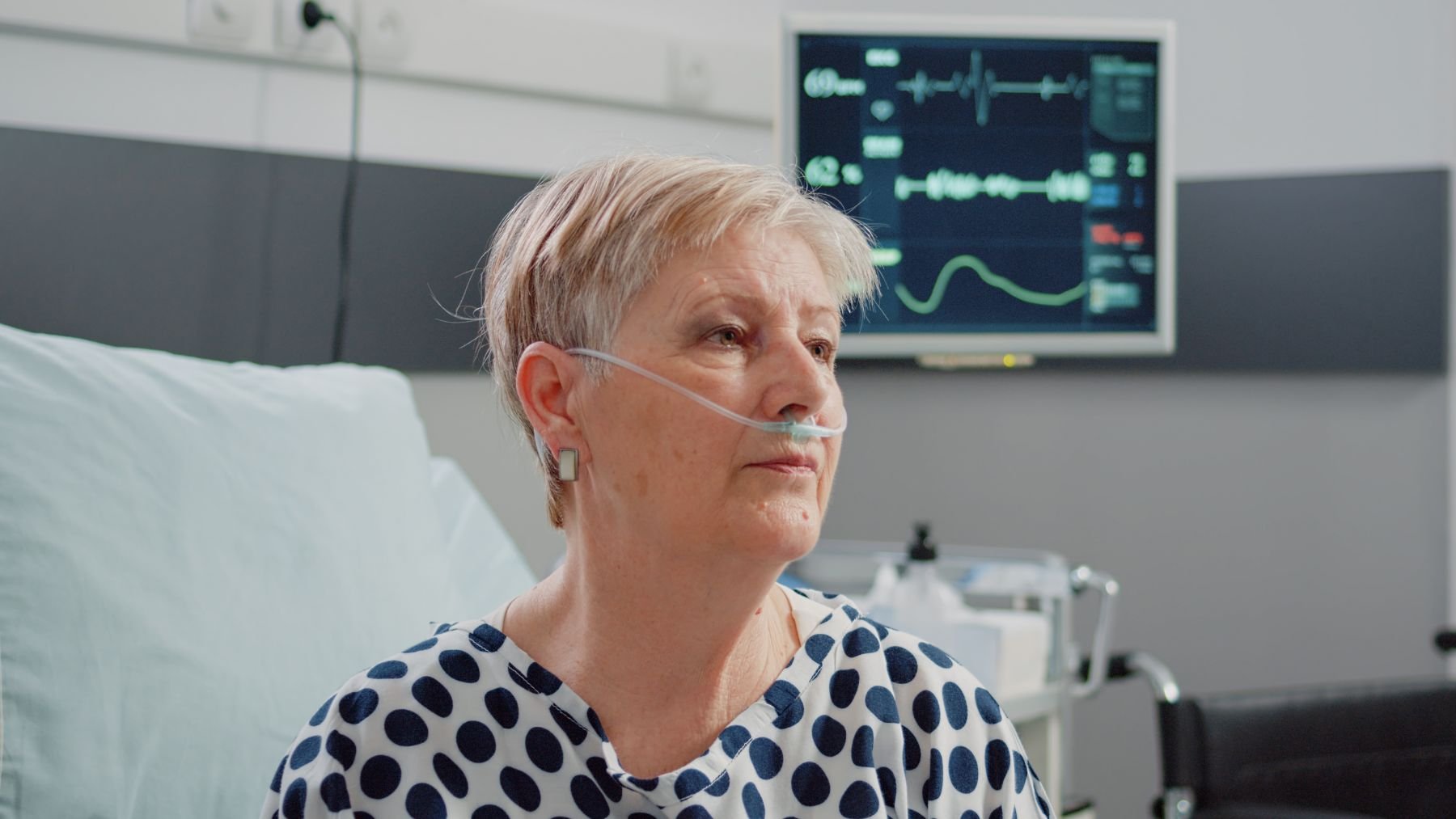Biofeedback is a mind-body technique that helps older adults monitor and control key body functions, including heart rate, breathing, and muscle tension. By using sensors and real-time feedback, seniors can learn to recognize and adjust how their body responds to stress, pain, or daily challenges. This approach may make daily activities easier and improve overall well-being.
During biofeedback sessions, individuals receive immediate information about how their body reacts under various conditions. By observing these responses, older adults can practice techniques to relax muscles, slow their heart rate, and manage breathing patterns, potentially reducing tension and enhancing their quality of life over time. According to Mayo Clinic, biofeedback can give people the skills to control bodily functions and improve certain health problems.
How biofeedback helps older adults take control of their body
Biofeedback involves connecting sensors or pads to the body that provide information about physiological functions. These sensors measure heart rate, breathing, muscle activity, skin temperature, and even brain waves. For example, pads on the chest or wrists can track heart rate, while bands around the chest and stomach monitor breathing patterns. Muscle tension is measured using an electromyograph (EMG), and skin temperature or sweat gland activity can reveal stress levels.
Once older adults see these signals on a screen or device, they can learn to make small adjustments. Relaxing muscles, slowing breathing, or lowering heart rate becomes a skill practiced during therapy, which can later be used independently at home. Over time, this feedback can help manage stress, pain, or other health concerns without immediately relying on medication.
Types of biofeedback and how they work
There are several biofeedback methods tailored to individual health needs:
- Breathing biofeedback: Sensors on the chest and stomach measure breathing patterns, guiding users to slow or deepen breaths.
- Heart rate biofeedback: ECG pads track heart rate and variability, teaching seniors to lower their heart rate when stressed.
- Muscle activity biofeedback: EMG sensors detect tension, helping users relax specific muscles that may cause discomfort or headaches.
- Brain wave biofeedback: Electroencephalograph (EEG) scalp pads track mental states, promoting relaxation or focus.
- Temperature and sweat biofeedback: Skin sensors detect stress responses, prompting relaxation techniques when readings indicate tension.
Biofeedback machines for home and clinical use
Biofeedback training is available in medical centers, hospitals, and physical therapy clinics, and many devices are now marketed for home use. Interactive programs and apps connect to sensors on fingers, ears, or the waist to track physiological changes and guide users in managing stress.
Some wearable devices monitor breathing and provide feedback through apps, while headbands track brain activity during meditation, offering audio cues to signal calm or tension. The FDA has approved specific devices to promote deep breathing and reduce blood pressure. Before starting at-home biofeedback, seniors should consult healthcare providers to ensure the device is appropriate and safe.
Benefits and applications of biofeedback
Biofeedback has a broad range of uses for older adults, including managing:
- Stress and nervousness.
- Chronic pain and headaches.
- High blood pressure.
- Fibromyalgia.
- Urinary or bowel issues.
- Side effects from cancer treatments.
- ADHD, depression, and other mental health concerns.
It can reduce reliance on medications, enhance their effectiveness, and help users feel more in control of their health. Because it is noninvasive, biofeedback appeals to many who want to avoid surgery or drug side effects.

